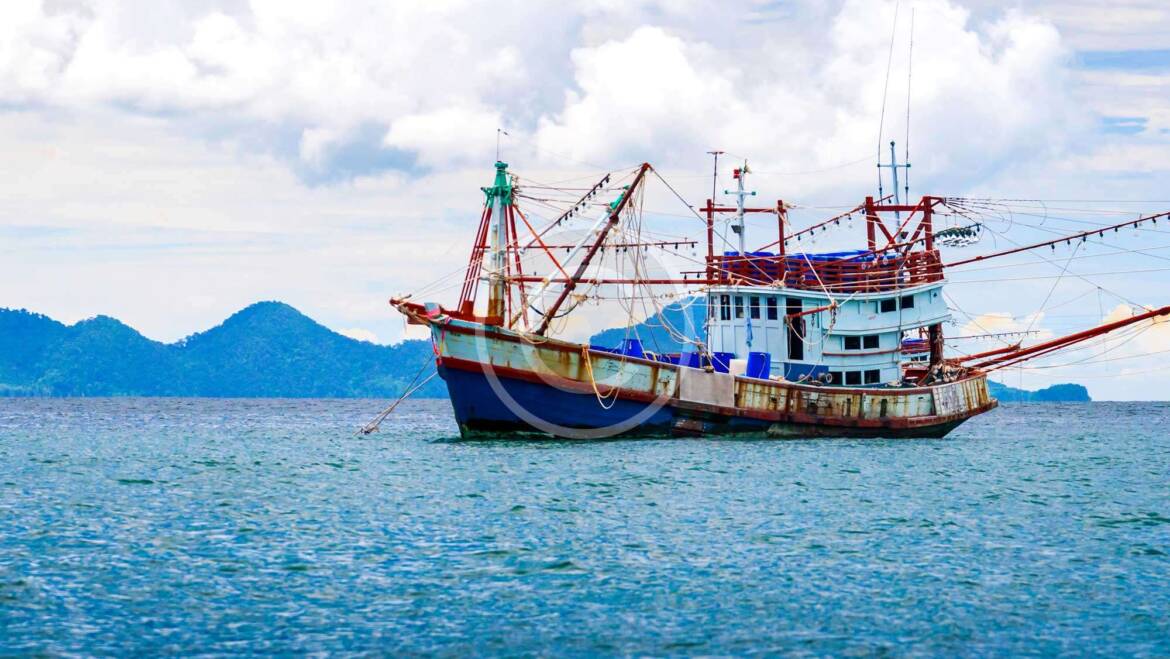Fishing is our last great hunting industry, and wild aquatic production or fishing therefore depends on nature’s food chains. Humanity provides a number of impacts on these food chains that influence production levels for various species. These are direct impacts such as with fishing, where the impact depends also on the management system (or lack thereof), and indirect effects through habitat change such as pollution. From this perspective, the combined effects of climate change can be regarded as the most significant habitat change that humans have caused in the world’s oceans, even though other measures may have impacted rivers and smaller inland waterways even more.
As fish production ultimately relies on energy being transferred through the marine food web, the first impact of climate change on fish stocks would be through changes in primary production, the start of the food chain in the oceans. Recent projections estimate a moderate global decline of three to six percent in primary production. In addition, higher temperatures can result in metabolic inefficiencies in the transfer of energy from primary to top producers. The combined effects have been estimated to affect the global fish catch potential by less than ten percent. However, global averages mask very significant geographical differences, largely driven by opposing trends in the impacts of temperature and primary production change between higher latitudes and tropical seas. While tropical zones are likely to see a reduction in production, extensions in the summer” or growth period in more temperate waters would lead to increased production. As temperature change is highly uneven, there are stronger effects in some zones and weaker in others.
As most of the ocean’s production is concentrated in areas of upwellings along various continental shelf or on parts of the continental shelfs where rivers provide a significant influx of nutrients, the impacts of climate change in these waters are particularly important. The impact of different factors again has different impacts on phytoplankton production and thereby ecosystem productivity. For instance, poorer mixing of water can reduce nutrient loads along the continental shelf, however, slower ventilation can also increase periods where phytoplankton resides in high productivity zones, but maybe with less oxygen due to deoxygenation. Also the impact on zooplankton production is uncertain. Most models indicate lower productivity in low latitude waters and higher productivity in high altitude waters, again with regional and local differences.
Climate change will also influence fish and shellfish directly and indirectly. The direct mechanisms are of course the same as for the primary production. Fish will be exposed to a complex mix of changing abiotic conditions, such as changes in temperature, salinity. oxygen and water pH. In addition, there will be changes in biotic conditions such as shifting distribution and migration patterns, species composition in many areas, and abundance of predators and prey. These changes may affect the physiology, phenology, and behavior of marine fish and shellfish at any life-history stage, and can increase and reduce local abundance. Adaptive capacity does vary with species. Kingsolver (2009) identified three main types of potential responses of a species to climate change: distribution changes in space and time, productivity changes, and adaptation.

